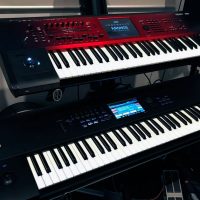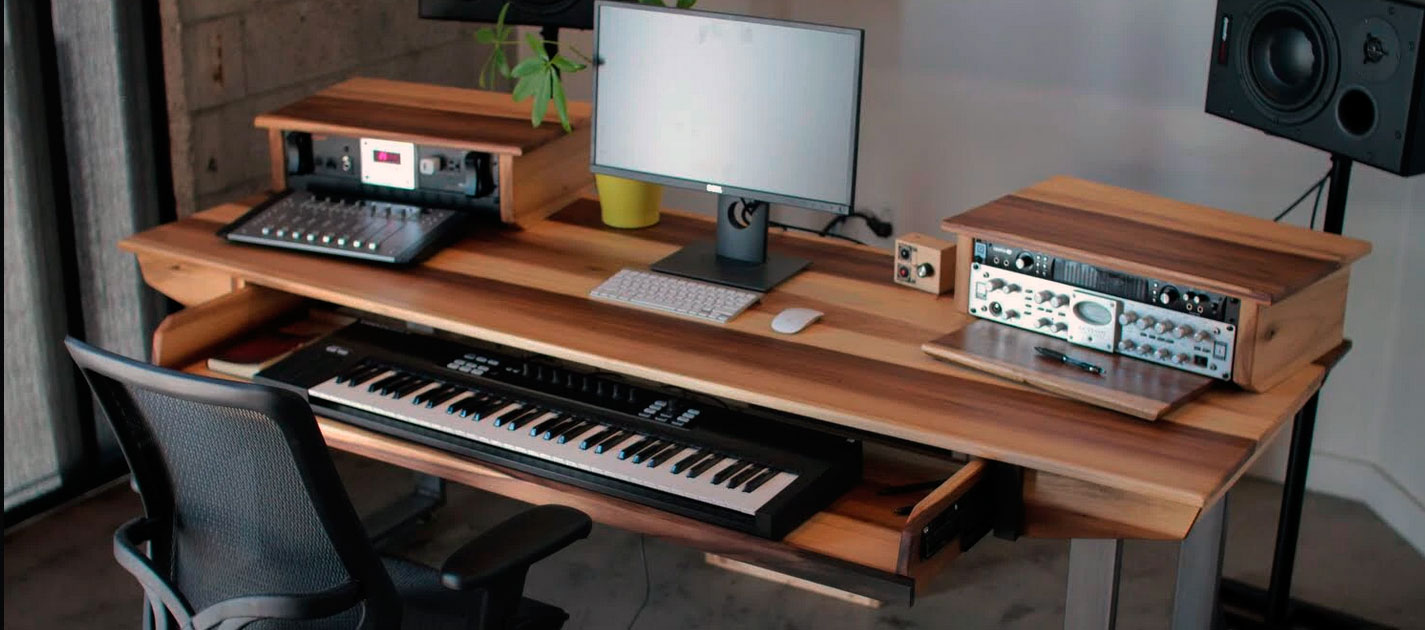Explanation of the Difference between a Synth and Workstation

A synth is a synthesizer that generates sound electronically. A workstation is a synthesizer with the addition of MIDI and DAW controller features. The main difference between these two instruments is their ability to produce tones and sounds in different ways, but they both have similar functions for producing music.
A synthesizer’s primary function is to make electronic music by generating different tones and sounds through an electric circuit or digital software. It does this by using waveforms that are then amplified into sound waves, making it easy to create a range of noises from natural-sounding instruments such as pianos to more unusual ones like drum machines or sci-fi space effects. Synthesizers can be controlled with keyboards, pedals, or other external controllers.

Choose between a synthesizer or a workstation
Synths and workstations are both keyboards that can be used to create music. However, they differ in the number of keys they have, the type of sounds they produce, and how much power is behind them. Synths typically have less than 20 keys and sound more like a traditional keyboard instrument such as violin or piano than an electric guitar.
The sound quality on synths is also very different from other keyboards because it’s designed for reproducing old analog synthesizer sounds rather than producing realistic acoustic-like tones. On the other hand, workstations often have at least 61 keys and usually come with all sorts of built-in effects that allow you to manipulate your tone before it even gets recorded, making them perfect for recording musicians who want to use lots of effects.
A synth is a type of keyboard workstation that produces sound from electronic circuitry. On the other hand, the workstation is a type of MIDI controller that typically combines both a keyboard and sequencer into one device. Synths are more commonly used in live performances as they can produce sounds with greater expression than those created by workstations. However, workstations are often preferred for studio recording as they provide a digital alternative to the bulky analog synthesizers used in previous decades.
Keyboard workstations for musicians
A workstation is more complex than a synth. For example, a synth has only one keyboard, but a workstation can have two or three different keyboards hooked up to it. A workstation also has an audio interface and more outputs for connecting other gear. These features make the sound of the instrument cleaner because you can’t hear any noise from the computer’s speakers in recordings made with these instruments.
Synths and workstations are both devices that produce sound. The difference is that a synth produces sounds from its internal oscillators, while a workstation uses an external MIDI device to create the music. Synth’s offer more flexibility as they can be used in many different ways. They have no limitations on what you can do with them because of the vast number of settings available to change the sound being created by them. On the other hand, workstations have a limited number of presets for different kinds of music, which may take away some control over your song production process if this is not something you want or need from your product.
